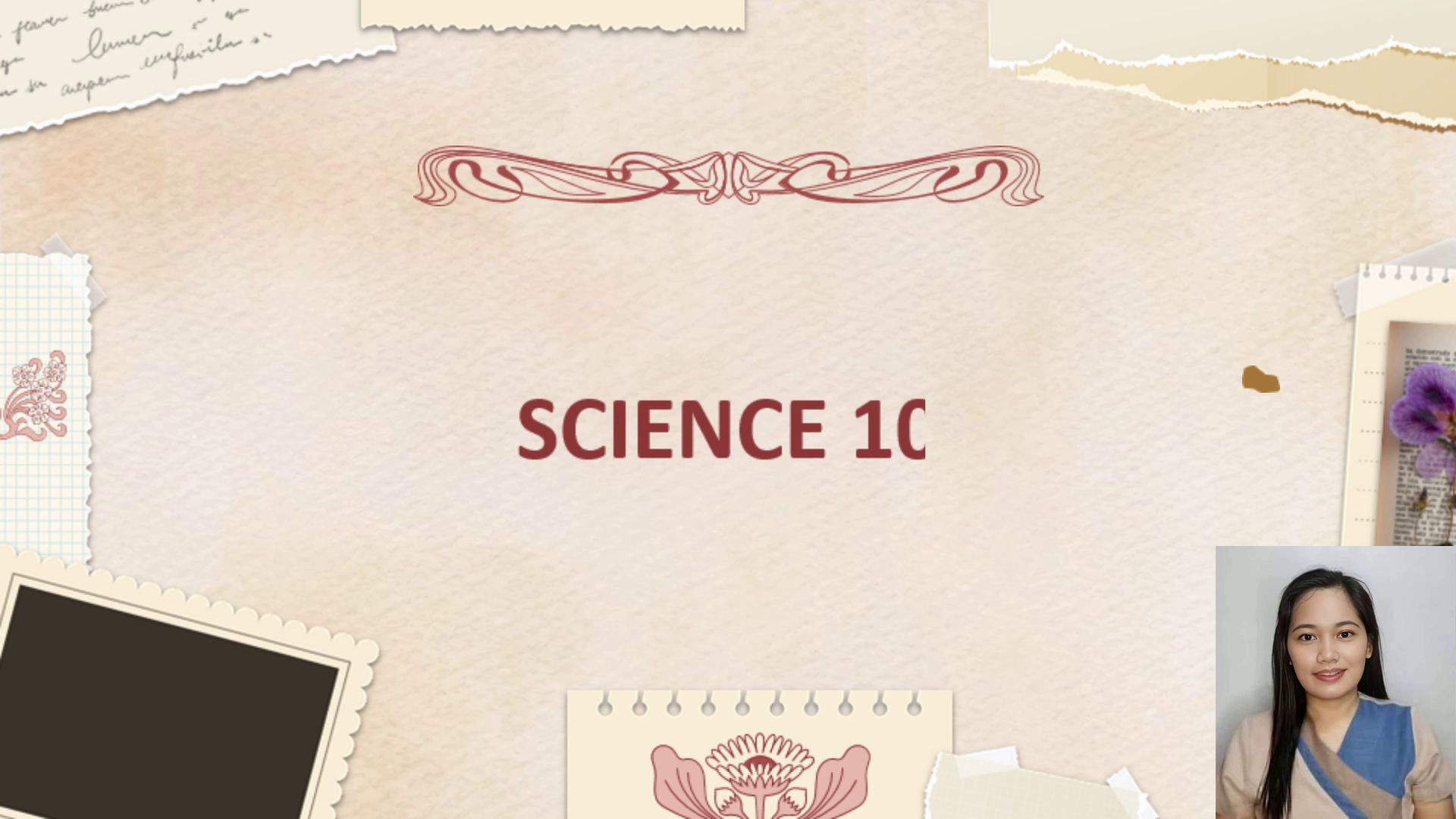Scene 1 (0s)
undefined. FIRST QUARTER. SCIENCE 10. [image]. [image].
Scene 2 (10s)
undefined. Objectives.
Scene 3 (21s)
undefined. Activity 1. Match the movements of the plates shown in Column A with the corresponding descriptions in Column B based on the illustration provided..
Scene 4 (38s)
undefined. Activity I. Match the movements of the plates shown in Column A with the corresponding descriptions in Column B. Based on the illustration provided..
Scene 5 (56s)
undefined. Activity 2. Identify the type of plate boundary describe in the riddles..
Scene 6 (1m 18s)
undefined. Riddle 2. At my boundary, plates pull apart, diverge with a rift, spew molten rocks to form new crust. What am I?.
Scene 7 (1m 30s)
undefined. My realm is where plates slide past each other, grind in a silent dance, cause earthquakes and fault lines. What am I?.
Scene 8 (1m 43s)
undefined. My territory lies in the ocean depths where seafloor spreading creates a continuous conveyor belt of fresh crust. What am I?.
Scene 9 (1m 55s)
undefined. My domain is where tectonic forces clash, shape the Earth's surface with their immense power, leave behind a legacy of mountains, valleys, and scars. Who am I?.
Scene 10 (2m 10s)
undefined. What is a plate boundary?. A plate boundary is a boundary between two tectonic plates where the plates are moving horizontally or vertically in opposite directions not against or away from each other..
Scene 11 (2m 29s)
undefined. There are three kinds of plate tectonic boundaries: divergent, convergent, and transform plate boundaries..
Scene 12 (2m 40s)
undefined. These illustrations show the three primary types of plate boundaries..
Scene 13 (2m 50s)
undefined.
Scene 14 (3m 12s)
undefined. Example: The Mid-Atlantic Ridge, where the Eurasian Plate and North American Plate are moving apart, creating new ocean crust..
Scene 15 (3m 37s)
undefined. Transform Boundaries: Plates slide past each other horizontally, causing earthquakes along the fault lines..
Scene 16 (3m 58s)
[Audio] Remember plate boundaries play a crucial role in shaping the Earth's surface and geology. By identifying and describing convergent divergent and transform boundaries we can better comprehend the dynamic processes that occur within the Earth's lithosphere. ..
Scene 17 (4m 30s)
[Audio] This knowledge is essential for understanding natural phenomena such as earthquakes volcanic eruptions and the formation of mountain ranges..
Scene 18 (5m 3s)
[Audio] And now let us check what you have learned from our discussion. Study the map and Identify the plate boundaries occurs between the following plates. Number1. Eurasian and Philippine Plate Number 2 North America and Pacific Plate Number 3. Eurasian and Indian Plate.
Scene 19 (5m 33s)
[Audio] Number 4. African Plate and South American Plate. Number5.South American and Nazca Plate.
Scene 20 (6m 3s)
[Audio] Let us check your work here are the answer Number 1. Eurasian and Philippine Plate is a Convergent plate boundary Number 2 North America and Pacific Plate is a Transform plate boundary Number 3 Eurasian and Indian Plate is Convergent Plate boundary Number4. African Plate and South American Plate is a divergent plate boundary Number 5 South American and Nazca Plate Convergent plate boundary.
Scene 21 (6m 34s)
[Audio] At this moment let us apply what you have learned from our lesson. In a short bond paper Create drawings that depict the motion of plate boundaries. You will be grade base on the scoring rubrics provided. have some fun….!!!.
Scene 22 (7m 0s)
[Audio] Before I end this lesson keep in min that Studying feels like navigating plate boundaries—sometimes converging with new ideas diverging from distractions and transforming our understanding. Just like tectonic plates we collide with challenges drift from the familiar and reshape our knowledge. So let's embrace the journey for in the convergence of effort the divergence of distractions and the transformation of understanding lies the beauty of learning. This is all for today. Thank you for attending my class. See again tomorrow..
